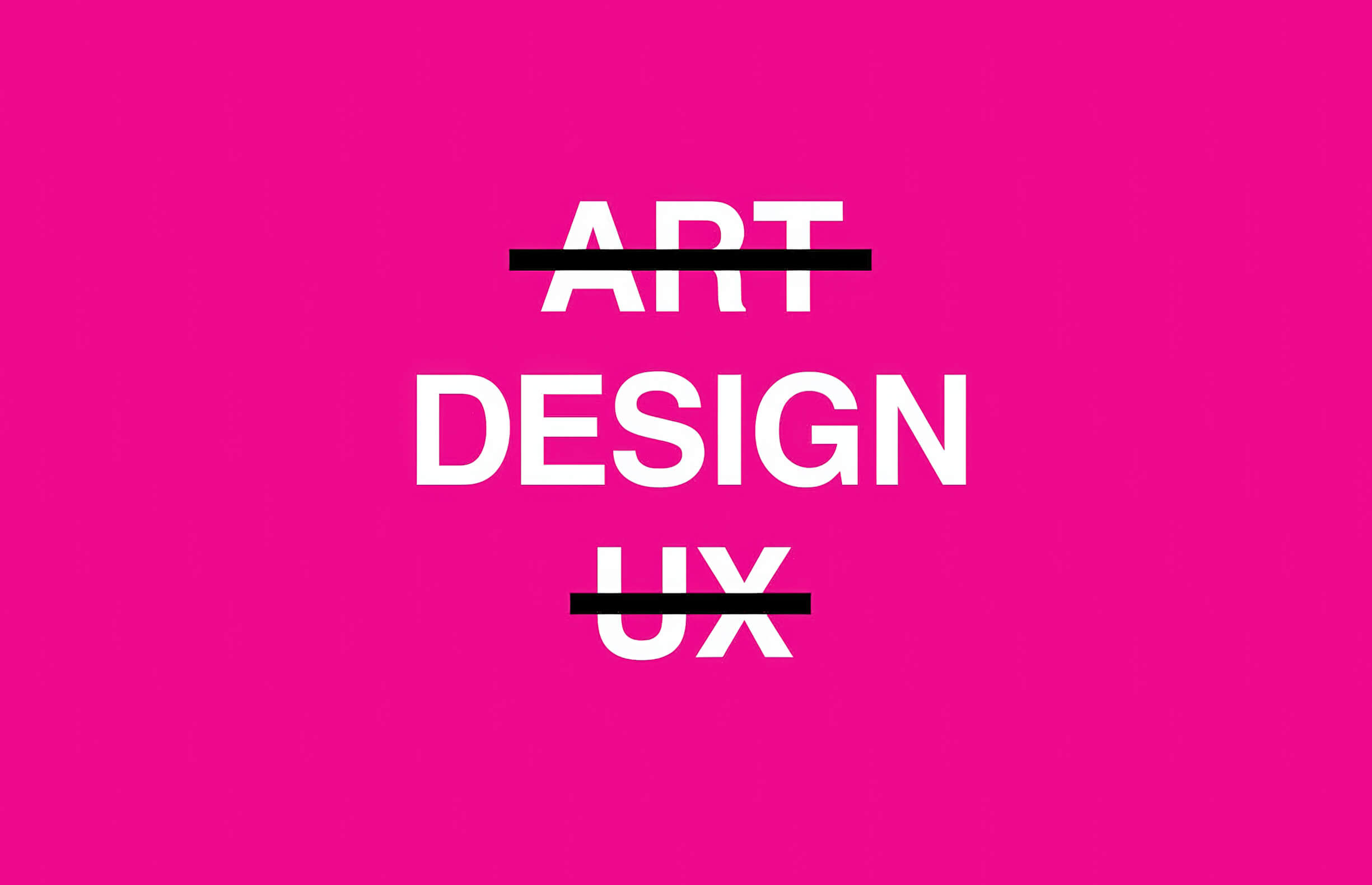Designers have been trying to shake the misconception that design is not art for a long time. Only recently have companies started to recognize that design is an essential component to a successful business approach. And with large companies such as IBM and Fidelity adopting “design thinking” strategies, things are looking up for designers. But there is still work to be done if we want a permanent seat at the big table.
However, there seems to be a new mixup regarding who designers are and what we do exactly. Just when we have separated the persona of the artistic diva designer from our profession, people are now confusing designers as user experience (UX) professionals.
Now, before you get upset, we must first define what UX is. According to digital.gov, “UX deals with people interacting with your product and their experience from that interaction. UX is measured with metrics like success rate, error rate, abandonment rate, time to complete a task, and clicks to completion”. And a summary definition from the Nielsen Norman Group states that “UX encompasses all aspects of the end-users interaction with the company, its services, and its products.” As you can see, neither of these definitions contains the word “design.”
Based on these descriptions, it is evident that many diverse departments and professionals are responsible for creating a good user experience, such as writers, researchers, programmers, information architects, marketers, and yes, designers.
Good UX is only as good as the sum of its parts. If a website loads too slow, causing frustration for the user, this falls into a developer’s wheelhouse. If the content does not resonate with the user or provide valuable information, this is a writer’s responsibility. And if a user receives too many emails and unsubscribes, this is a marketer’s problem to solve. UX is a broad area that touches many points beyond aesthetic usability factors.
However, even when all the departments work together with a UX philosophy in mind, if you do not employ good research, interviews, and testing, it prevents any product from having the best user experience possible. This distinction is where UX researchers and other UX specialists come into play.
I believe we should perceive UX practitioners the same way we regard digital marketing professionals. They write, interview, research, and provide descriptive and predictive analytics. And we, as designers, develop prescriptive solutions based on the data, insights, and other information and recommendations. Some may disagree with this model, but it works for my mental interpretation of the relationship between UX practitioners and designers.
Designers have hijacked the UX industry
From my experience, if you mention improving a product’s UX, people tend to think of improving the design. And from personal conversations, many also confuse UX with user interface (UI) design. While both of these approaches are part of a good UX strategy, it is not the whole picture.
Even design publications and popular resources combine design and UX as if they are interchangeable disciplines. The truth is design and UX overlap a great deal. But let’s get something straight. If a webpage has a terrible hierarchy leading to a bad user experience, that is not a faulty UX strategy. That is a poor design. It would be a waste of UX resources to point out problems that are resolvable through the application of good design principles. However, these subtleties are not what I believe has conflated UX and design.
Designers have always had trouble proving the value of their skills, and many times, what we produce is considered subjective, even if we follow sound design principles to solve problems.
Unlike other disciplines, such as technology, where something works or does not, or marketing, where conversions and impressions measure degrees of success, design has always been challenging to quantify. And because of this murkiness, we have always had a barrier preventing us from being taken seriously.
Simply put, I believe that labeling ourselves as “UX Designers” allows us to be taken more seriously — plus, it comforts our delicate designer egos.
While UX practitioners and designers have the same goals, the reality is they use different skills sets to do their jobs properly. And as with many professions, there is always a degree of overlap in job responsibilities. Some days we are Coding Designers, Marketing Designers, and my favorite, PowerPoint Presentation Designers. But most days, we’re just regular ol’ designers.


